
Following Cat.1, the IoT industry in 2021 has welcomed a new “trend”.
This “trend” is called “Passive IoT”.
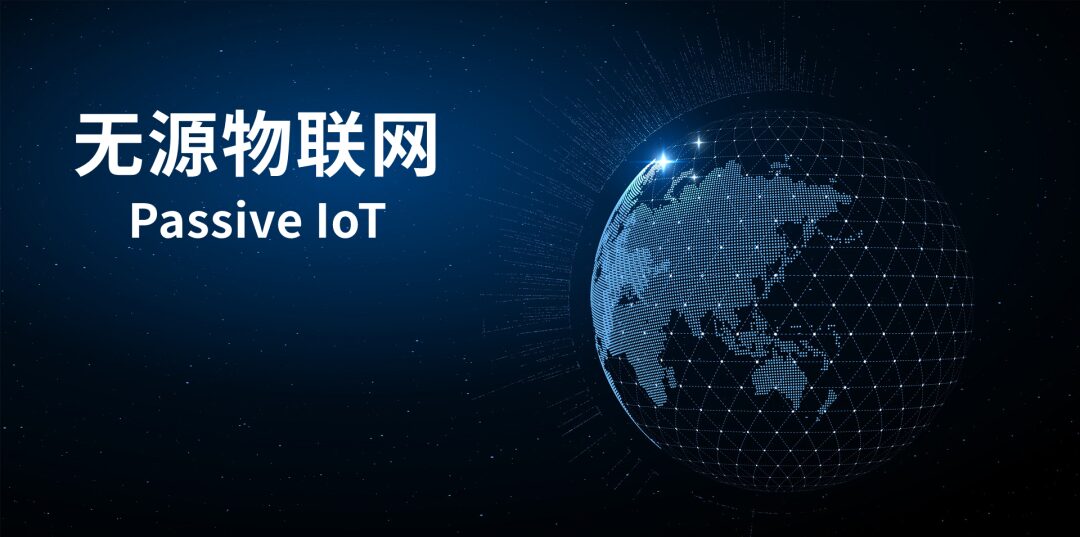
What exactly is Passive IoT? How does it differ from existing IoT technologies? Is it really a high-tech breakthrough, or just another hype?
In this article, I will guide you through the details.
As the name suggests, Passive IoT refers to IoT devices that do not have an external power source.
“Source” here means power supply or energy source.
If you’ve worked in carrier networks, you’re likely familiar with the term “passive”. Terms like Passive Optical Network (PON) and Passive Wavelength Division Multiplexing (WDM) are commonly used.
In simple terms, “passive” means no external power supply or batteries are used.
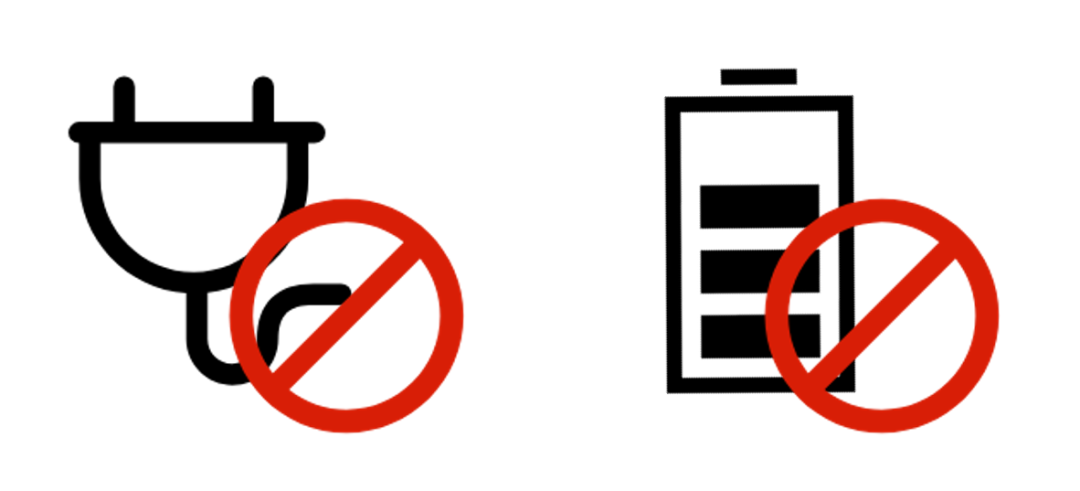
Passive IoT does not mean that the network is passive; rather, it means that the terminal nodes are passive.
This means that while the network remains unchanged, the terminal devices connected to the network do not have power cables or built-in batteries.
Now, a question arises. Terminal devices need sensors to generate data, chips for computation, and modules to transmit and receive signals. Without a power source, where does the energy come from?
In fact, “passive” does not mean that terminal devices do not use electricity; it simply means that they have changed their method of obtaining energy.
You might quickly think of solar energy, which is a common method for energy acquisition.

Solar streetlights
They convert solar energy into electrical energy through photovoltaic panels for storage and use.
In addition to solar energy, there are kinetic and thermal energy sources.
For example, some shared bicycles are equipped with power generation modules. When you pedal, you recharge the smart lock.
Some remote controls use mechanical energy to generate power when you press them, converting kinetic energy into electrical energy to operate the device.
Note! The solar, kinetic, and thermal energy mentioned above are not the focus of today’s discussion on “Passive IoT”.
The current hot topic regarding “Passive IoT” mainly refers to IoT based on radio electromagnetic energy harvesting technology.
This means that IoT terminals capture and collect energy by harvesting radio waves emitted from the network side.
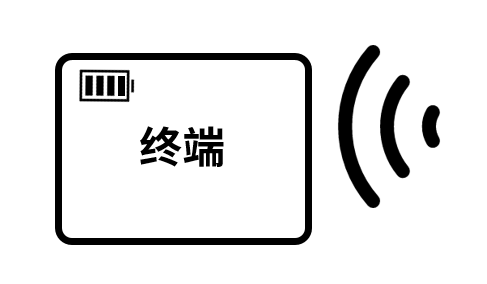
What comes to mind?
I believe many people are thinking of RFID, which stands for Radio Frequency Identification.
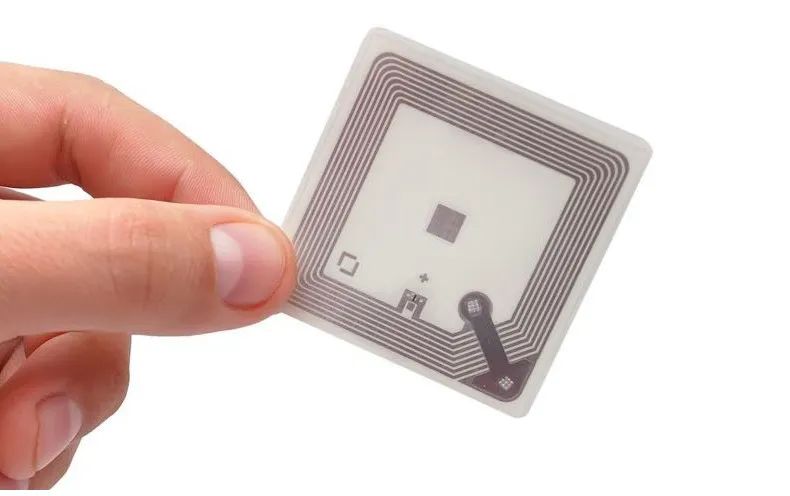
RFID
The electronic tags we commonly refer to utilize RFID technology.
The principle of RFID is simple: when the tag approaches the reader, it receives the radio frequency signal emitted by the reader, generating induced current to obtain energy. With this energy, the tag sends information, enabling communication with the reader.
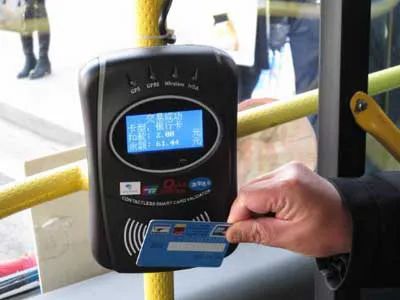
In addition to RFID, I also thought of another technology: the wireless charging technology launched by Xiaomi last year.
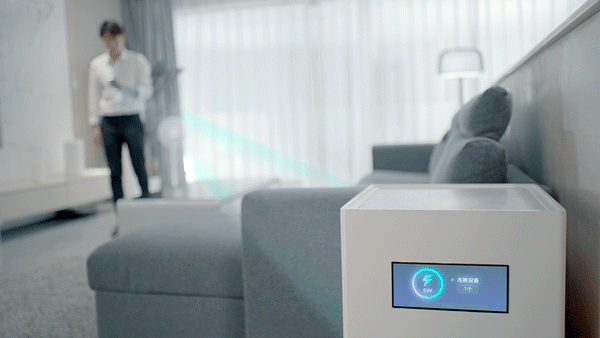
It was very popular at the time, allowing 5W wireless charging for a single device within a radius of several meters.
In fact, RFID is a type of passive IoT.
Now, based on RFID, passive IoT hopes to further extend to passive connectivity based on Wi-Fi, Bluetooth, 3G, 4G, and even 5G communication technologies.
As we all know, RFID is a very mature technology. The key to RFID’s normal operation is that the distance between the tag and the reader is very short.
The further the distance, the lower the density of electromagnetic energy, making it more difficult to harvest energy.
RFID operates on inductive coupling, with the antenna shaped like a coil; the transmission of electromagnetic energy occurs within the inductive field, at short distances.

Coil
Wi-Fi and Bluetooth have much greater working distances than RFID, while 3G/4G/5G have even longer distances. This is not an inductive field but a radiative field.
The antenna technology used in radiative fields mainly includes dipole antennas or microstrip antennas. Achieving electromagnetic energy transmission using these antennas in a radiative field is extremely challenging.
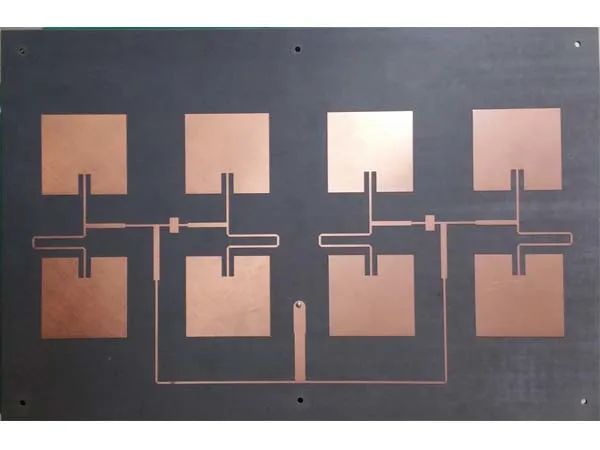
Microstrip array antenna
In the past, this was unimaginable. Now, with advancements in semiconductor technology, the power consumption of terminal chips has been reduced to the mW level or even lower. Coupled with continuous upgrades in energy conversion technology, long-distance communication technology’s energy harvesting and utilization have become feasible.
Passive IoT has several typical characteristics:
-
Energy Oscillation
The energy of passive IoT nodes no longer follows a static trend from high to low; instead, it fluctuates dynamically as energy is sourced from the environment.
-
Node Imbalance
Energy harvesting in passive IoT nodes is random and unstable; the distribution of energy across the network may not be uniform, leading to variations among nodes.
-
Energy Limitation
The methods of energy acquisition in passive IoT vary, and the environmental energy harvested is very weak, generally in the nano-watt (nW) to micro-watt (μW) range, and is affected by the energy storage capacity of the nodes.
-
Connection Fragility
The connectivity of passive IoT networks is directly influenced by the energy levels of each node. When the energy of certain nodes falls below a certain threshold, those nodes become isolated, leading to network disconnection.Due to energy oscillation, the connectivity of the network is fragile, intermittent, and difficult to maintain consistently.
It is clear that these are not advantageous characteristics; they are limitations. These limitations constrain the application of passive IoT.
Based on the success of RFID, there has been a great deal of optimism about passive IoT.
However, we must note that the passive IoT applications we see in the media are still in their early stages.
Several emerging star companies and their research results in passive IoT this year primarily focus on NFC and Bluetooth.

Regarding Wi-Fi, there is a report about researchers at the University of Washington’s Department of Electrical Engineering.
They proposed that by using reflection modulation of radio frequency signals, it is possible to power passive devices and transmit data. They are developing a passive technology beyond Passive Wi-Fi and further applying it to LoRa for hundreds of meters of long-distance passive node transmission.
As for passive IoT in 4G/5G, it seems there are no applications yet.
Last month, Huawei’s Executive Director and President of ICT Products and Solutions Wang Tao proposed a vision for passive IoT aimed at 5.5G during the 5G-Advanced Innovation Industry Summit, hoping that 5G networks could realize passive IoT.
However, there seems to be no clear news yet on whether 3GPP will include passive IoT content in R18.
Why is passive IoT gaining popularity?
Simply put, it is due to the enormous market value behind it.
I have previously mentioned that the application scenarios for cellular IoT are categorized into high-speed, medium-speed, and low-speed.
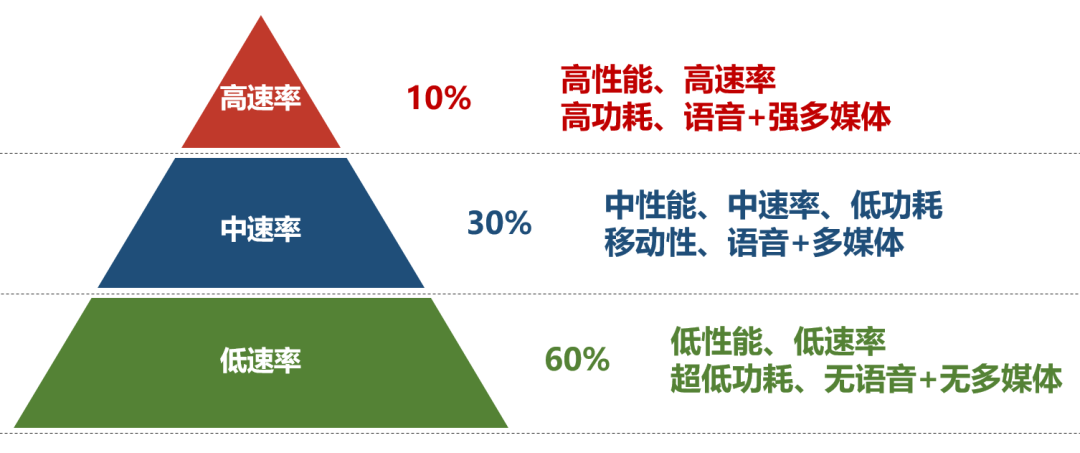
“631” Structure
The mainstream technologies for low-speed IoT are NB-IoT, LoRa, etc.
In the original development plan, NB-IoT was considered the most “low” cellular IoT technology. It has the lowest speed, lowest power consumption, and lowest cost, with a battery standby time claimed to be 10 years.
However, people have found that to achieve hundred billion-level IoT connections, NB-IoT is still insufficient.
NB-IoT’s reliance on energy (batteries) increases its own costs and limits broader adoption.
For example, we can install NB-IoT modules in all electricity meters and water meters in China, but can we install NB-IoT modules in all clothing, all products, and all delivery packages? No, we cannot.
Therefore, the idea of “Passive IoT” was proposed to expand the IoT network.
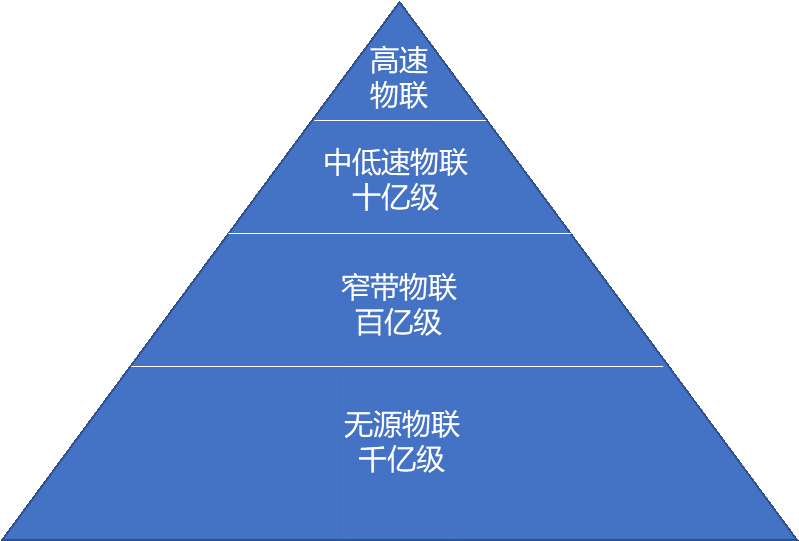
Another level added
The greatest advantage of passive IoT is that it completely eliminates the need for batteries.
While NB-IoT requires battery replacement every 10 years (under ideal conditions), passive IoT does not require any batteries throughout its lifetime. This not only reduces labor costs for battery replacement but also lowers the cost of battery components.
Currently, the price of a general-purpose UHF RFID tag can be as low as 0.2-0.3 yuan. An NB-IoT module costs around a dozen yuan, a difference of several times.
Secondly, not using batteries is environmentally friendly. Although a single battery is small, the environmental impact of billions of them is significant.
Thirdly, without batteries, the size of terminals can be further reduced. For example, an RFID tag is just a small sticker, which greatly benefits terminal design.
In summary, passive IoT represents a very promising development direction. However, to truly make this path viable, we may still need a long time.

-
How IoT Works: Sensors -
How IoT Works: Network Connections -
The Four Core Principles of IoT Security -
AI May Lead New Modes of Air Combat -
Narrowband IoT Will Land in Consumer Industries -
AI Is Liberating Chemists’ Hands